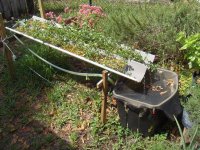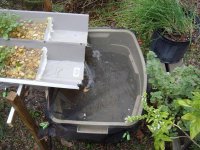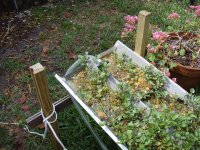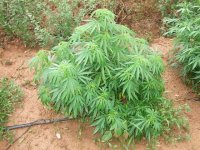oldog
Member
Does anyone have experience growing watercress? Cuttings from a bag from the supermarket rooted very easily in plain water no hormones but they didn't do well as I understand they need running water. Can you think of a simple setup? airoponics? or floating on a styrofoam raft with a tiny pump circulating the water ? I tried them in hydroton but they didn't like it.
They need horizontal space to spread when they grow. Ideas?
They need horizontal space to spread when they grow. Ideas?






